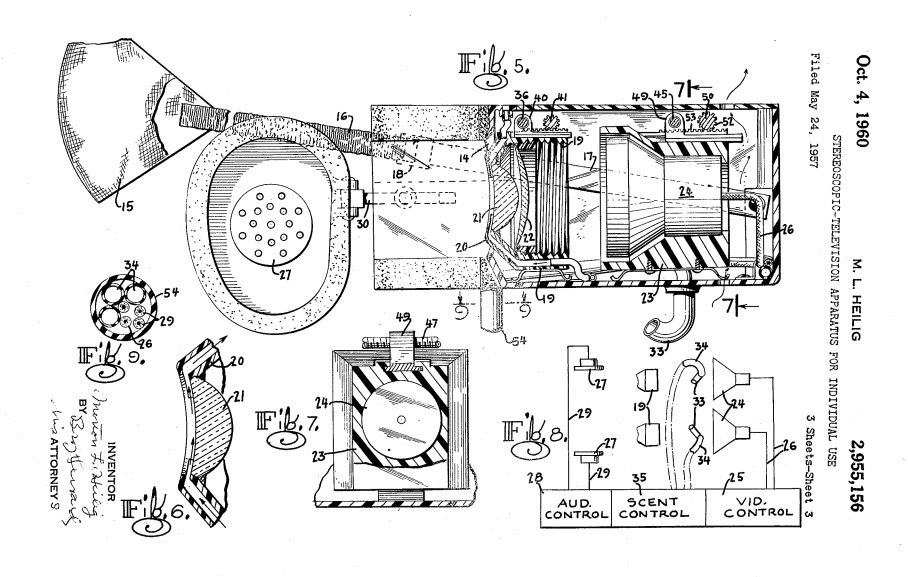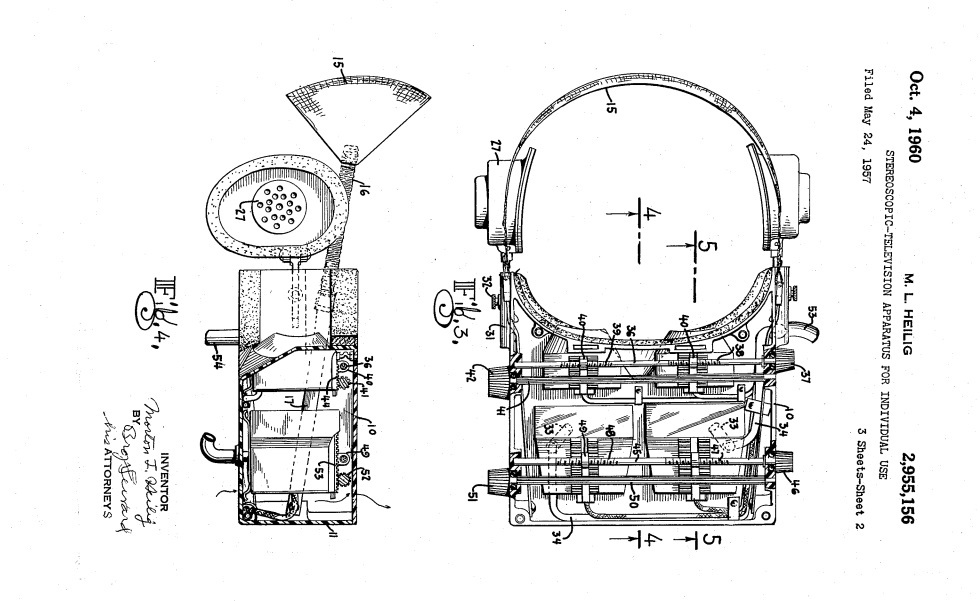“Depth-depth, I'm not yours. Let me go, depth. ” Virtual Reality for Developers
“Depth!” Sharks and octopus are found here. Here it is quiet - and crushes, crushes, crushes infinite space, which in fact is not.
In general, it is a good, deep. In its own way, of course. She accepts any. To dive, you need a little strength. To reach the bottom and return - much more. First of all, we must remember - the depth is dead without us. We must believe in it and not believe in it.
Otherwise, the day will come when you will not be able to emerge. - S. Lukyanenko, "Labyrinth of Reflections"

It was the case, somehow, after school, a friend dragged me to a computer club, where they brought a virtual reality helmet. Putting him on his head and wandering for 15 minutes in Duke Nukem 3D was worth some big money, probably like 10 hours of playing on a regular computer in a club.
My friend put on a helmet, but after about thirty seconds he screamed and tore it off his head. That day I did not dare (or did not have enough money) to try a novelty. It's been 20 years.
')
Google, Facebook, Samsung, Valve, HTC, Sony, Microsoft, NASA - everyone pays close attention to virtuality. We are waiting for a tricky move from Apple.
I immediately jumped in and made a selection of useful materials, I want to contact the developers who have already had experience in developing games / software for BP, share my impressions.
For a couple of weeks, I dealt with all sorts of “realities” (Baudrillard rests with his hyper-reality), with a history of virtual reality helmets and with a philosophical base (greetings to Lem, Castaneda, Bartla and Datsyuk). I dug up and shared what I’ve dug out with hack readers. And start a flash mob to translate Richard Bartle’s book Design of Virtual Worlds.
“Let it not be accessible to everyone, but the intellectual elite swore allegiance to the new empire. Depth
Helmets
Old school
1960
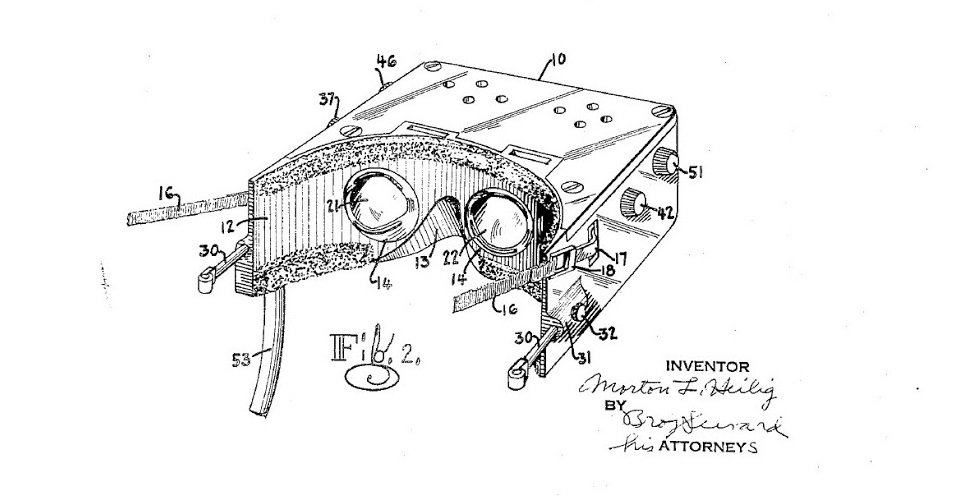
As early as 1960, the American Patent Office registered a so-called “telepherical mask” - an invention by Mort Heilig, which was described as a “television apparatus for individual use”.
1962

two years later, donate to the world Sensorama - a scary-looking stationary "kiosk" with a stool, combining stereoscopic 3D technology, artificially generating odors and a vibration motor under a soft spot.
1968, ARPA

The complexity and reasonableness of the project is amazing, especially given the technology of the time.
The project was called The Sword of Damocles
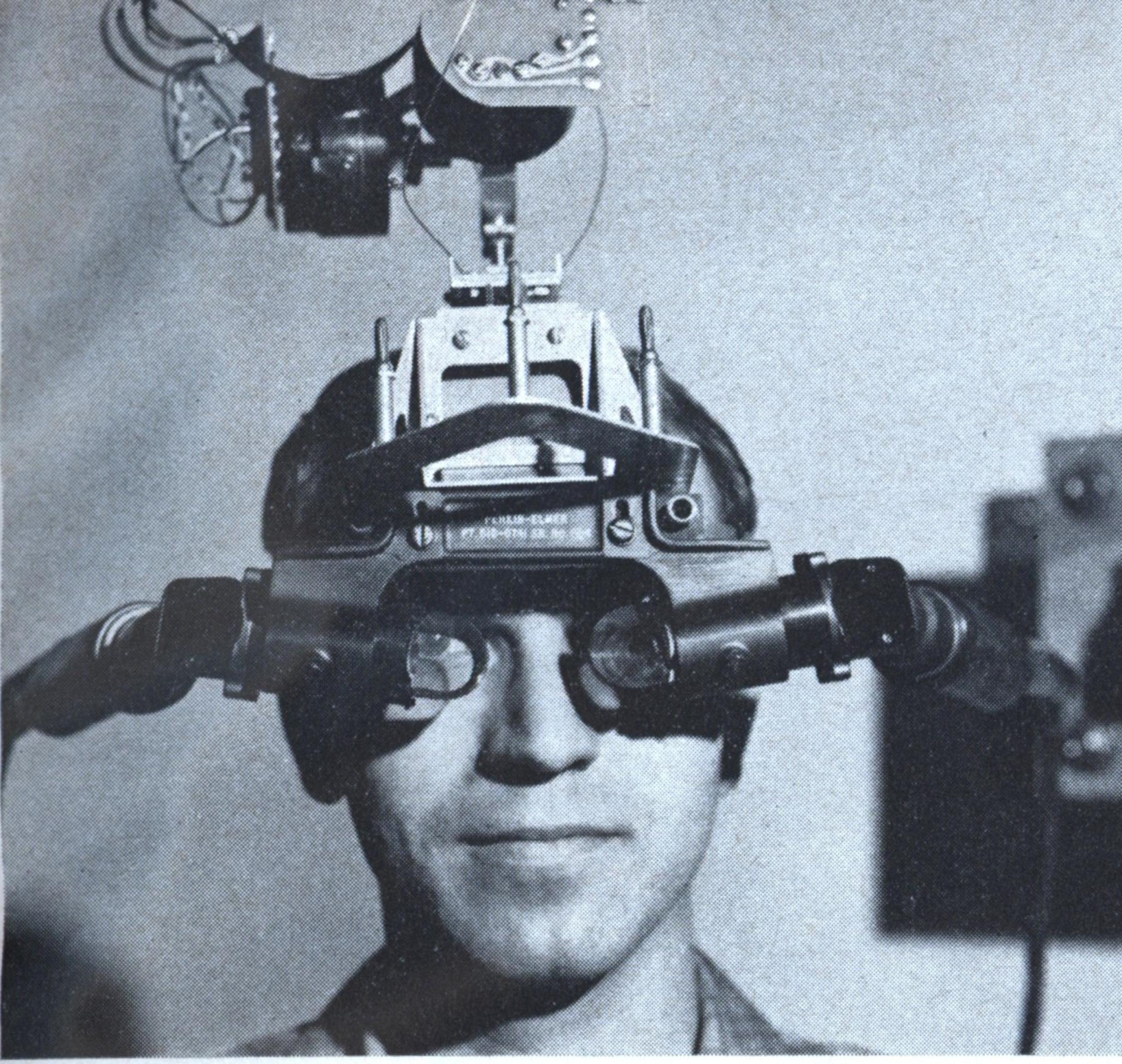
1989
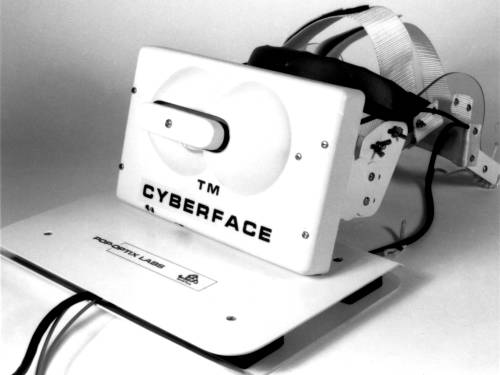
Interview with the creator of CyberFace
1990, NASA

A White Paper: NASA Virtual Environment Research (PDF)
1990s
Sega vr
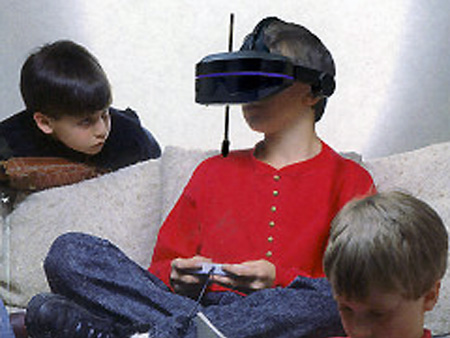
1995
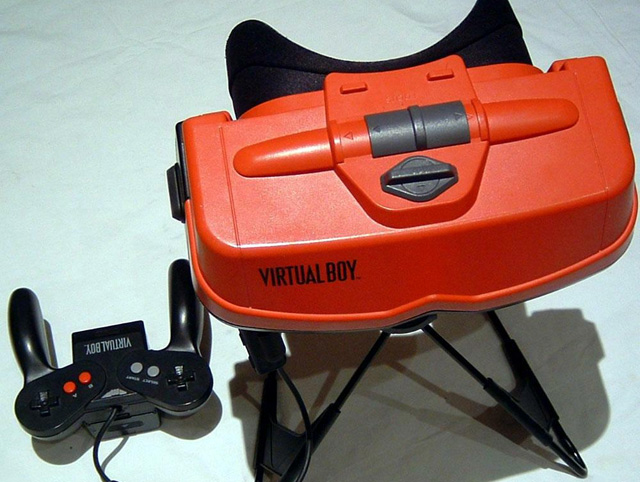
Nintendo has released Virtual Boy - both a virtual reality helmet and a portable console. The picture was transmitted by two monochrome black and red projectors, the illusion of volume was achieved due to the parallax effect, and the resolution was 384x224 pixels. A year later, the release of the console turned. Each game for Virtual Boy had an option to automatically pause every 15 or 30 minutes - to avoid headaches and other unpleasant symptoms.
Old school
1960

As early as 1960, the American Patent Office registered a so-called “telepherical mask” - an invention by Mort Heilig, which was described as a “television apparatus for individual use”.
more schemes from the patent
1962

two years later, donate to the world Sensorama - a scary-looking stationary "kiosk" with a stool, combining stereoscopic 3D technology, artificially generating odors and a vibration motor under a soft spot.
more schemes from the patent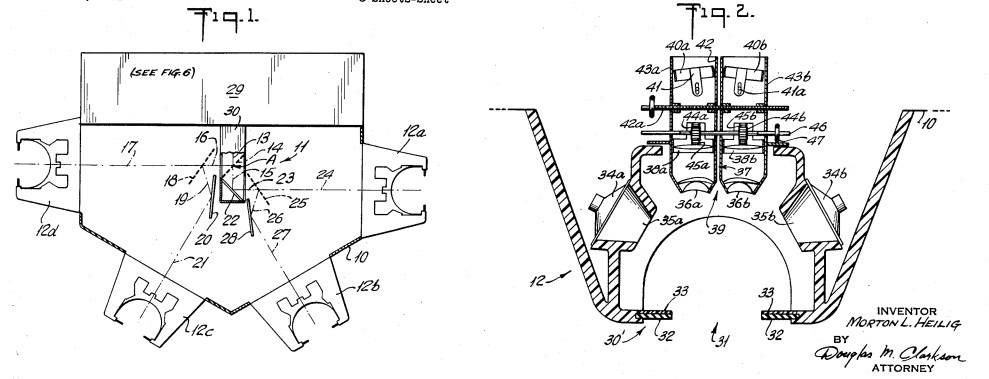
Judging by the scheme, the booth supported multiplayer for 4 people
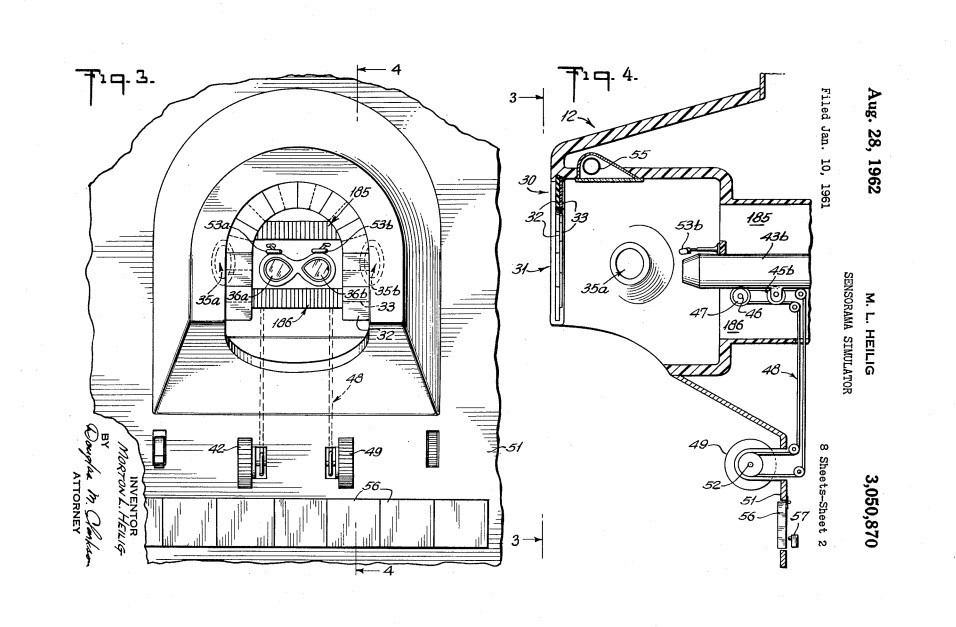
Visual and auditory modules

Smell interface for the organization of the "olfactory" (the term Strugatskikh from "Midday, 22nd century")
[ source ]

Judging by the scheme, the booth supported multiplayer for 4 people

Visual and auditory modules

Smell interface for the organization of the "olfactory" (the term Strugatskikh from "Midday, 22nd century")
[ source ]
1968, ARPA

The complexity and reasonableness of the project is amazing, especially given the technology of the time.
The project was called The Sword of Damocles

1989

Interview with the creator of CyberFace
1990, NASA

A White Paper: NASA Virtual Environment Research (PDF)
1990s
Sega vr

1995

Nintendo has released Virtual Boy - both a virtual reality helmet and a portable console. The picture was transmitted by two monochrome black and red projectors, the illusion of volume was achieved due to the parallax effect, and the resolution was 384x224 pixels. A year later, the release of the console turned. Each game for Virtual Boy had an option to automatically pause every 15 or 30 minutes - to avoid headaches and other unpleasant symptoms.
2000s
PiSight
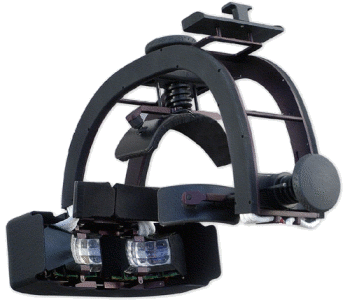
PiSight
Panoramic overview (from 82 to 180 degrees, depending on the model) provides active peripheral vision and a high level of realism. High resolution: most models offer better resolution than 1080p HD, up to 4200x2400 full color pixels for each eye.
Virtual Realities - VR2000 Range
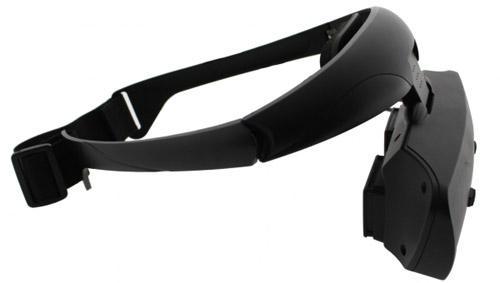
VR2000 is a new high-resolution HMD (1024x768 / 800x600) designed for 3D computer and 3D video applications. The computer is connected via the SVGA or DVI port and any video source, and the VR2000 Pro Dual is connected using two SVGA (or two DVI) connections and any two video sources.
A tracking device built into the VR2000 (not included with the Pro Dual) allows users to experience a full 3D view by simply turning their head, movements are tracked in all directions. The 360-degree view is achieved thanks to specially designed optics, providing a clear image with a 42-degree field of view.
A small neat design provides a comfortable fit, and built-in headphones - full stereo sound. Special eyepieces completely block external light.
The VR2000 comes standard with an elastic band and in-ear headphones as shown. The VR2000 Ruggedized version comes with a special headband and external headphones.
Vuzix Wrap 920AR
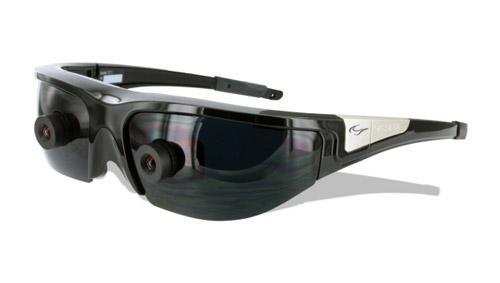
The ultra-realistic Wrap 920AR glasses with the maxReality plugin for Autodesk 3ds Max will turn your desktop into a “HOLO-Deck”.
Vuzix 920AR MaxReality provides an opportunity to liven up Autodesk 3ds Max characters on your desktop in a stereoscopic 3D image with the help of ultra-realistic Wrap 920AR glasses. For those familiar with the basics of working in Autodesk 3ds Max, preparing for viewing super-realistic images using the maxReality plugin takes only a few minutes. It feels like you see a display with a 67-inch screen from a distance of 3 meters. Stereo video capture, free tracking of head movements, a VGA connection to your computer, and a software plug-in to bring your Autodesk 3ds Max layouts to reality - all this comes with the device.
Laster Technologies Mask G1

MASK G1 is a new generation of HMD equipped with EnhancedView technology, transparent lenses display information superimposed on the natural field of view close to the user's eyes, without interfering with its view.
This device displays all the information received from the VGA port of a computer, smartphone, PDA, etc. Corrections related to head movements are provided by the built-in micro camera.
Trivisio VRvision HMD
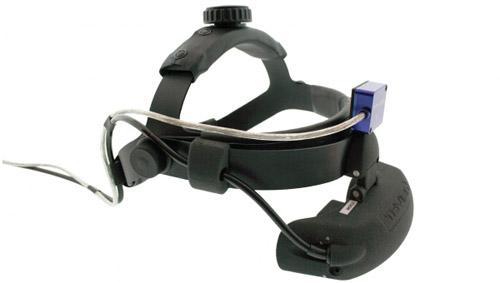
VRvision-HMD is a specialized product designed for virtual reality applications. This is an opto-electronic device that projects an image or streaming video onto micro-displays that are close to the eyes. VRvision comes with a built-in microphone and headphones, providing 2 modes - passive (two DVI channels) and active stereo.
VRvision-HMD uses micro screens with the following characteristics:
SimEye SX100 Helmet Mounted Display

Rockwell Collins HMD SimEye SX100 provides unparalleled color reproduction, high performance and brightness range, full-color SXGA resolution (1280 by 1024) and a wide overview. Optical modules are mounted on a new, improved ergonomic headband. The resolution of 1280 to 1024 and wide color gamut - all this makes the SimEye SX100 an outstanding visualization system on the market today.
The field of view is 100 degrees horizontally and 52 degrees vertically, with a 30-degree overlap
Transparency> 20 percent
Optical color correction, VIM optical systems
Minimum brightness 20 fL (foot Lamberts)
Cybermind range

Visette45 SXGA - high-end HMD for professional applications of virtual and augmented reality. Available in three configurations Visette45SXGA, Visette45 SXGA See Through and Visette45 SXGA Video See Through with integrated cameras.
Visette is supported by Cybermind's proprietary electronic platform, which directly affects the high level of flexibility that Cybermind can offer in its solutions. Cybermind Electronics supports resolutions up to SXGA, supports various formats, and allows Cybermind to offer affordable high-performance solutions on the HMD market.

PiSight
Panoramic overview (from 82 to 180 degrees, depending on the model) provides active peripheral vision and a high level of realism. High resolution: most models offer better resolution than 1080p HD, up to 4200x2400 full color pixels for each eye.
Virtual Realities - VR2000 Range

VR2000 is a new high-resolution HMD (1024x768 / 800x600) designed for 3D computer and 3D video applications. The computer is connected via the SVGA or DVI port and any video source, and the VR2000 Pro Dual is connected using two SVGA (or two DVI) connections and any two video sources.
A tracking device built into the VR2000 (not included with the Pro Dual) allows users to experience a full 3D view by simply turning their head, movements are tracked in all directions. The 360-degree view is achieved thanks to specially designed optics, providing a clear image with a 42-degree field of view.
A small neat design provides a comfortable fit, and built-in headphones - full stereo sound. Special eyepieces completely block external light.
The VR2000 comes standard with an elastic band and in-ear headphones as shown. The VR2000 Ruggedized version comes with a special headband and external headphones.
Vuzix Wrap 920AR

The ultra-realistic Wrap 920AR glasses with the maxReality plugin for Autodesk 3ds Max will turn your desktop into a “HOLO-Deck”.
Vuzix 920AR MaxReality provides an opportunity to liven up Autodesk 3ds Max characters on your desktop in a stereoscopic 3D image with the help of ultra-realistic Wrap 920AR glasses. For those familiar with the basics of working in Autodesk 3ds Max, preparing for viewing super-realistic images using the maxReality plugin takes only a few minutes. It feels like you see a display with a 67-inch screen from a distance of 3 meters. Stereo video capture, free tracking of head movements, a VGA connection to your computer, and a software plug-in to bring your Autodesk 3ds Max layouts to reality - all this comes with the device.
Laster Technologies Mask G1

MASK G1 is a new generation of HMD equipped with EnhancedView technology, transparent lenses display information superimposed on the natural field of view close to the user's eyes, without interfering with its view.
This device displays all the information received from the VGA port of a computer, smartphone, PDA, etc. Corrections related to head movements are provided by the built-in micro camera.
Trivisio VRvision HMD

VRvision-HMD is a specialized product designed for virtual reality applications. This is an opto-electronic device that projects an image or streaming video onto micro-displays that are close to the eyes. VRvision comes with a built-in microphone and headphones, providing 2 modes - passive (two DVI channels) and active stereo.
VRvision-HMD uses micro screens with the following characteristics:
- Resolution 800 x 600 pixels;
- Liquid crystal displays (LCD) provide the best image quality. The image has excellent sharpness, brightness, and contrast, which makes it easy to read without tiring the eye;
- Brightness and contrast are adjusted by the computer, using programs developed for the device.
SimEye SX100 Helmet Mounted Display

Rockwell Collins HMD SimEye SX100 provides unparalleled color reproduction, high performance and brightness range, full-color SXGA resolution (1280 by 1024) and a wide overview. Optical modules are mounted on a new, improved ergonomic headband. The resolution of 1280 to 1024 and wide color gamut - all this makes the SimEye SX100 an outstanding visualization system on the market today.
The field of view is 100 degrees horizontally and 52 degrees vertically, with a 30-degree overlap
Transparency> 20 percent
Optical color correction, VIM optical systems
Minimum brightness 20 fL (foot Lamberts)
Cybermind range

Visette45 SXGA - high-end HMD for professional applications of virtual and augmented reality. Available in three configurations Visette45SXGA, Visette45 SXGA See Through and Visette45 SXGA Video See Through with integrated cameras.
Visette is supported by Cybermind's proprietary electronic platform, which directly affects the high level of flexibility that Cybermind can offer in its solutions. Cybermind Electronics supports resolutions up to SXGA, supports various formats, and allows Cybermind to offer affordable high-performance solutions on the HMD market.
Modern
Oculus rift
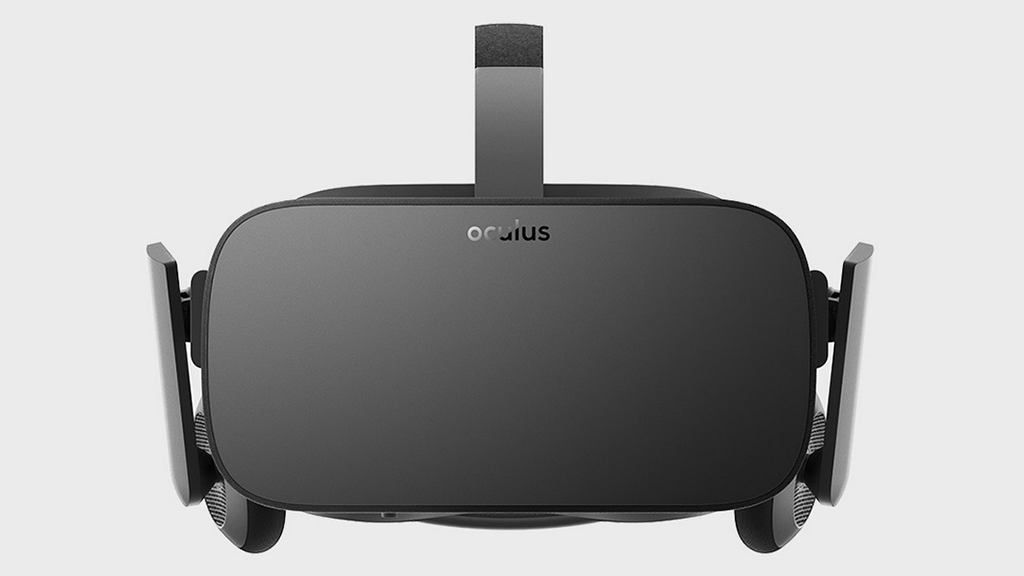
One of the first modern VR helmets, the development of which began in 2011. It was released two versions of the helmet for developers, and the final version for users will be available in 2016.
HTC RE Vive

Valve development.
Sony Project Morpheus
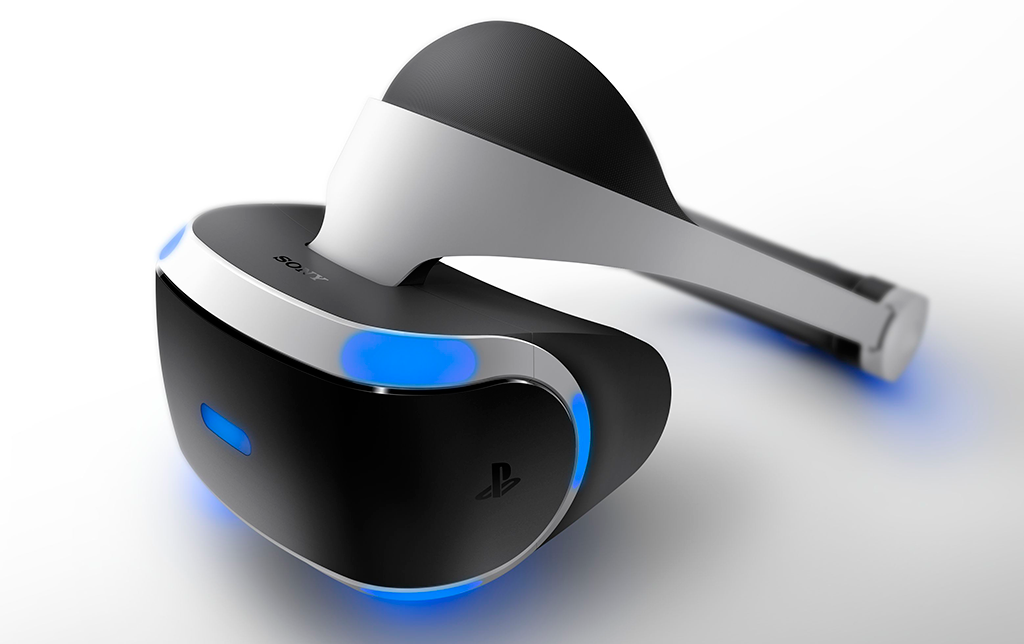
The virtual reality helmet for PS4 is called Project Morpheus.
Razer osvr
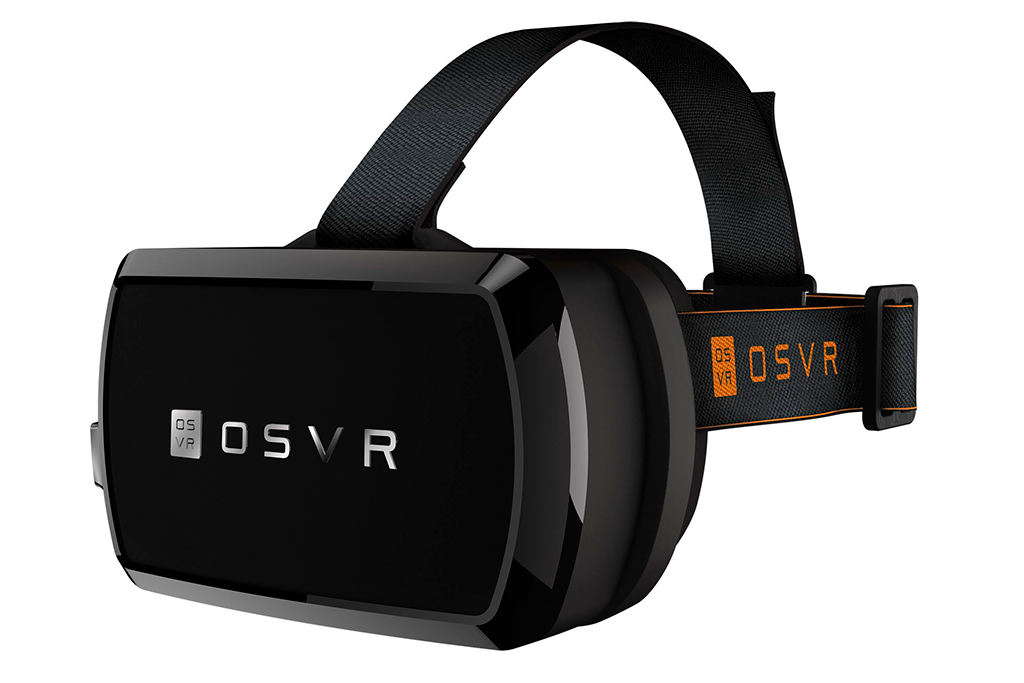
The name of this device is an abbreviation of Open Source Virtual Reality, indicating the complete openness of code and hardware solutions. The hardware and software platform was created in collaboration with Nod Labs, Sixense, Leap Motion, Gearbox Software, Sensics. The helmet can interact with a special ring from Nod Labs to control gestures with the function of tracking body position. Positioning in space and gesture control is implemented using a motion capture device from Leap Motion.
OSVR platform is compatible with other virtual reality helmets, for example, Oculus DK 2. Declared support for Unity 3D and Unreal Engine 4.
Fove
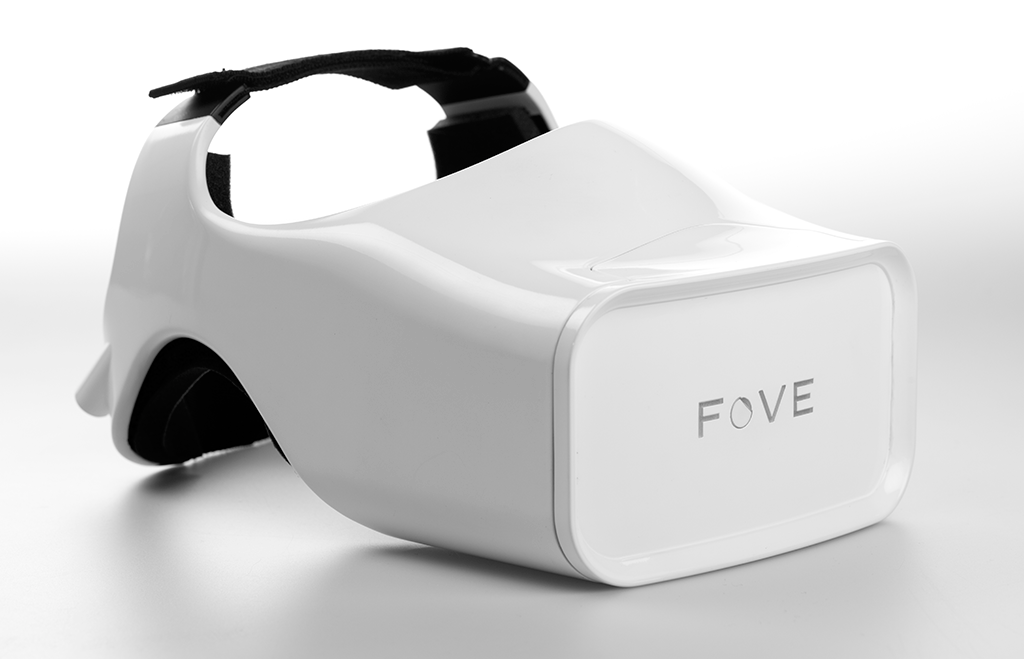
The world's first serial virtual reality helmet with eye tracking . The helmet determines which point of the image you are looking at, which will increase the depth of field and presence effect, as well as provide a number of other possibilities, including more natural movement around the game world, eye contact with game characters and pointing the weapon at the target with the power of gaze. The device uses a special technology for processing visual data, the essence of which is reduced to the graphical engines tracking the area in which the user is looking, and concentrating all available resources on it in order to ensure the highest quality and detailed picture.
The project raised $ 480,650 to Kickstarter, and upon successful completion of the company, Valve Lighthouse’s support was announced.
Starvr
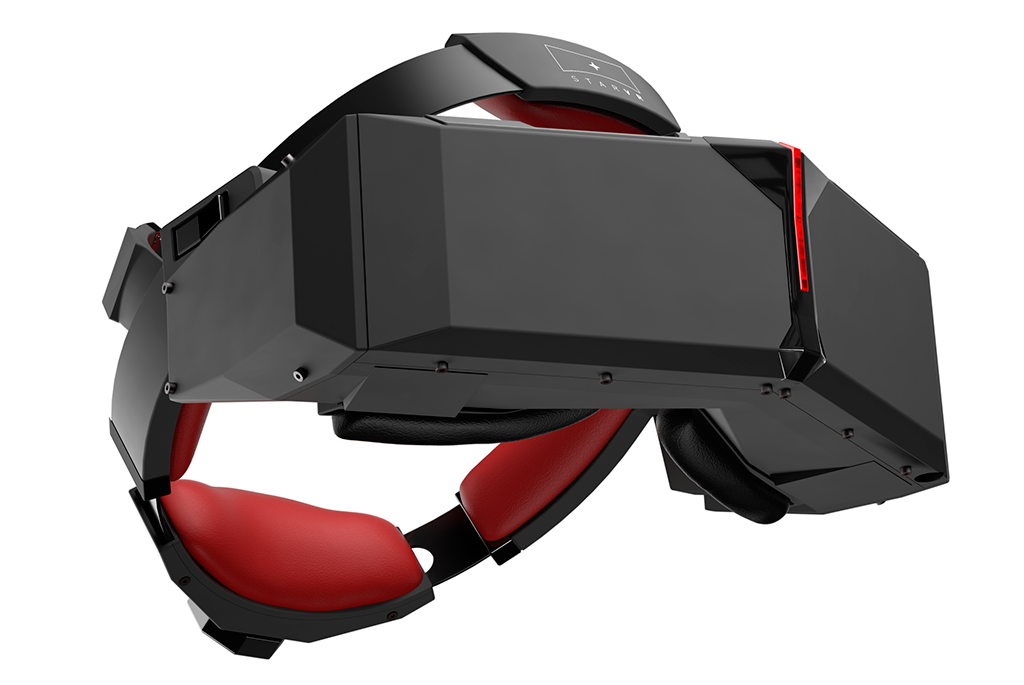
A virtual reality helmet developed by Starbreeze, known primarily as the developer of Payday 2, Syndicate and Brothers: A Tale of Two Sons. To create your own virtual reality helmet, Starbreeze uses the development of the recently acquired French company InfinitEye VR SAS. The main feature of StarVR is a wide field of view: 210 ° horizontally and 130 ° vertically. According to the developers, this is 75% more compared to the field of view of the human eye, and surpasses all the developments of other companies.
MindMaze NeuroGoggles
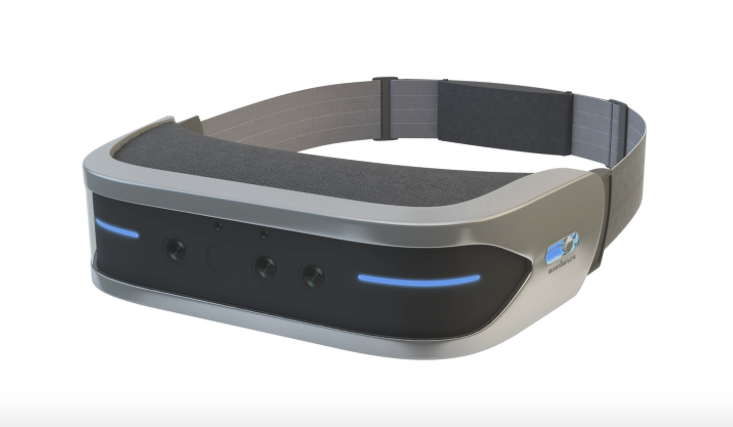
The peculiarity is that the neural interface is immediately bolted.
some more devices in development here
centaur
Microsoft HoloLens
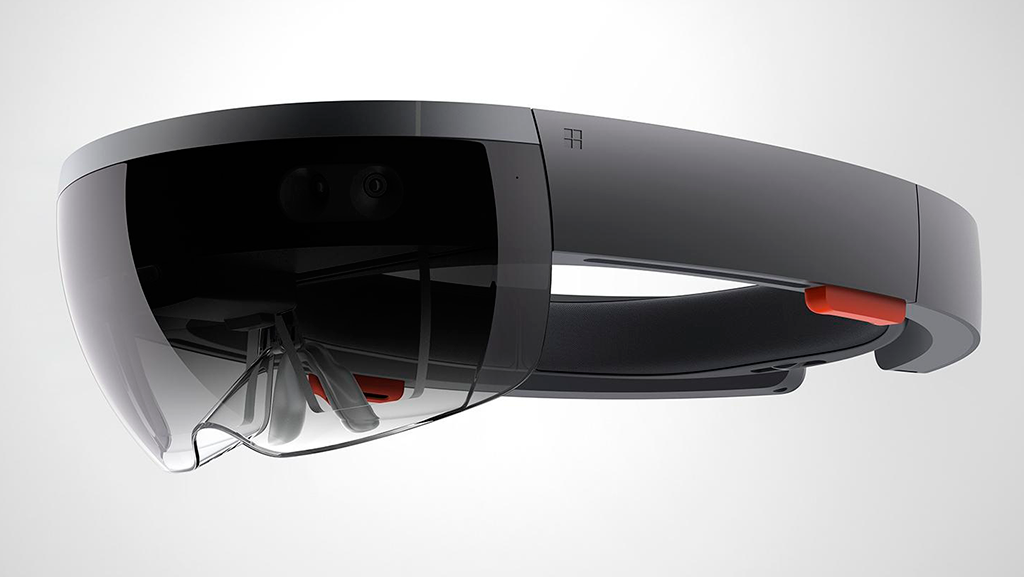
HoloLens is not a virtual reality helmet, but augmented reality glasses. All calculations and graphics processing occur in the glasses themselves, and therefore you do not always need other devices for their work, but in order to display a picture from a resource-intensive game, you need a PC. HoloLens will work with all devices running Windows 10, including smartphones and Xbox One. The exact technical characteristics of the glasses have not yet been published.
based on smartphones
Carl zeiss vr one
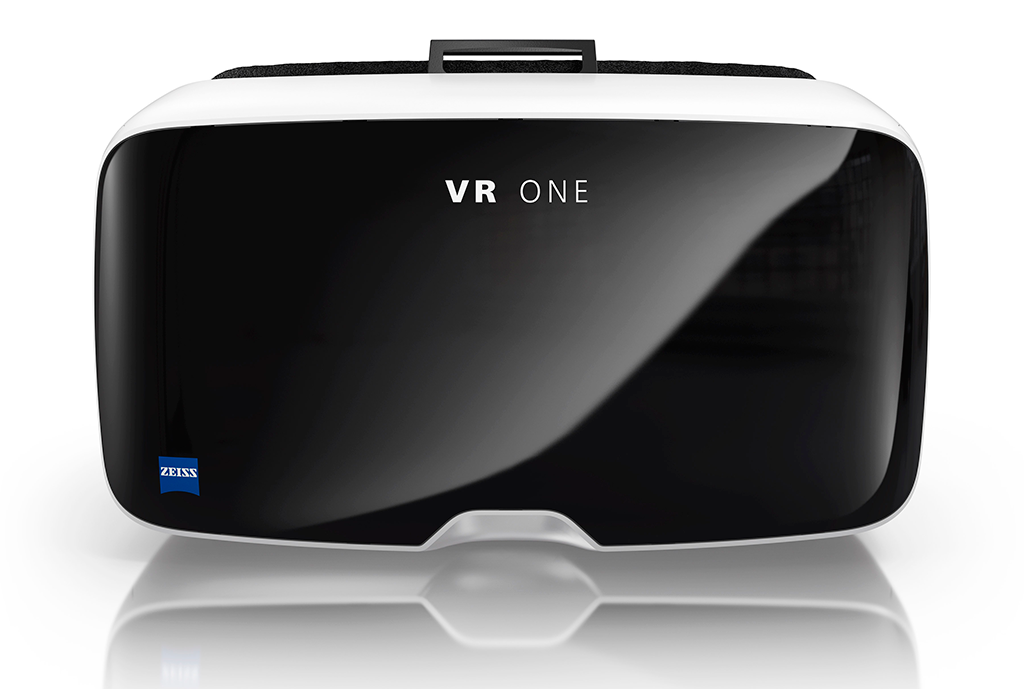
Inexpensive, but high-quality virtual reality helmet using a smartphone as an imaging device. It is also noteworthy that high-quality Carl Zeiss lenses are used, which have become the standard in high-quality consumer technology. The installation of the smartphone takes place in a special tray, which ensures compatibility with different phones. Trays are currently available for the Samsung Galaxy S5 and S6, Apple iPhone 6.
Samsung Gear VR

Virtual reality device, created in collaboration with Oculus VR. Unlike the Oculus Rift, the Gear VR is autonomous, and uses Samsung Galaxy S6 and Galaxy S6 Edge smartphones for image and sound output, calculations. The equipment includes a USB connector, an accelerometer, a gyroscope and a proximity sensor for determining the position of the headset. Applications and games can be obtained in the Oculus Store.
"Cartons"
Google Cardboard is Google's experiment in virtual reality, which is based on a helmet, which, according to developers, can be assembled from scrap materials. The project was first presented at the 2014 Google I / O conference.
The project is a virtual reality simulation using a helmet assembled according to a special scheme made of cardboard, optical lenses, magnet and velcro fasteners, as well as a smartphone inserted into it on an Android or iOS operating system with a pre-installed application.
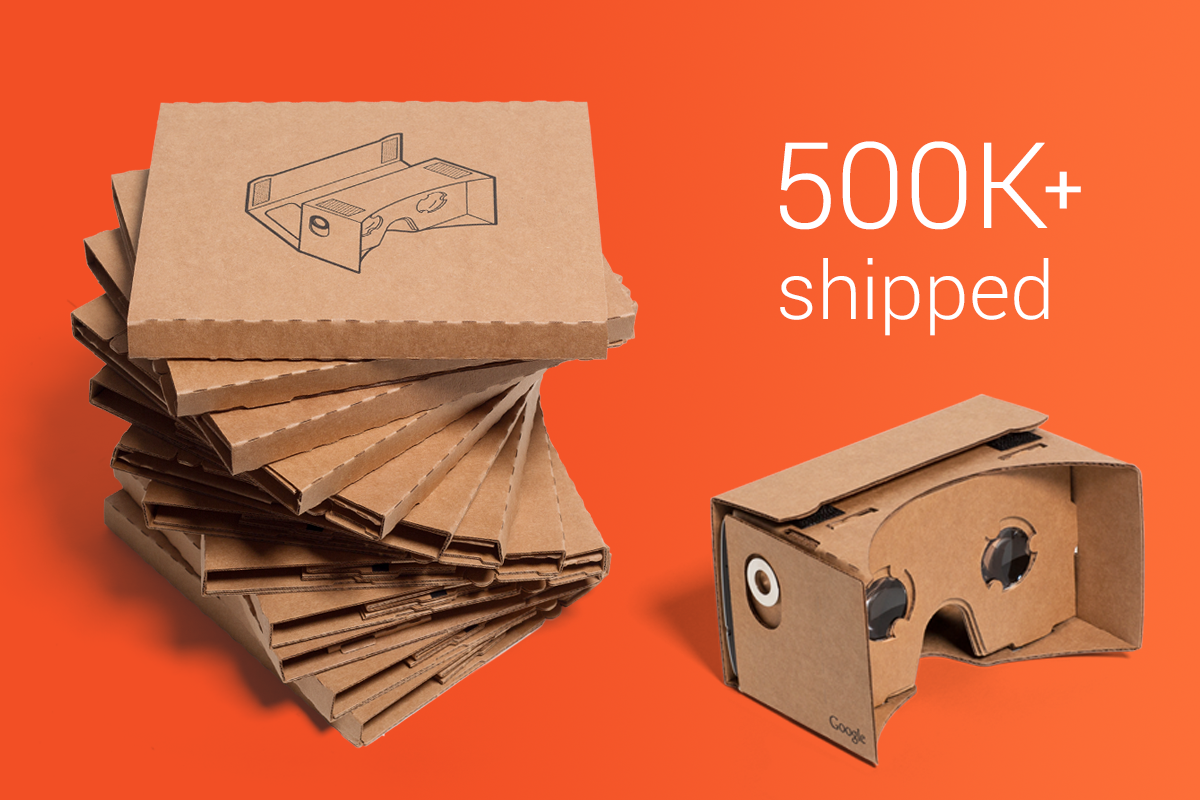
at the developer conference Google I / O 2014, a virtual reality helmet Cardboard, made of cardboard and easy to manufacture, was introduced, many found it an amusing fad.
Google Play now has a special section where applications are compatible with Cardboard. With their help, you can virtually enjoy the concert of Paul McCartney, take part in races or play three-dimensional table tennis. In addition, the project acquired a full-fledged developer toolkit (SDK) for Android and Unity, which should allow willing enthusiasts to create their own applications for Cardboard and improve the rendering and tracking functions of the head in them.
Among other things, the new SDK allows you to create very serious virtual effects.
In the world, about 500,000 Google Cardboard have been collected, and the system itself has been in demand in the field of education and advertising.
Volvo saddled the trend and in the wake of the hype, they were excellently promoted by releasing branded cartons.
Modern
Oculus rift

One of the first modern VR helmets, the development of which began in 2011. It was released two versions of the helmet for developers, and the final version for users will be available in 2016.
- OLED screen
- resolution of 2160 by 1200 (1080 by 1200 pixels for each eye)
- update rate 90 Hz
- the ability to use a helmet for people who wear glasses.
- infrared sensors
- external camera to provide a more accurate determination of the position of the user in space
- removable headphones
HTC RE Vive

Valve development.
- 1080x1200 resolution for each eye
- update rate 90 hertz
- MEMS gyro
- accelerometer
- laser positioning sensors
- OpenVR SDK, created to develop and support SteamVR equipment. Full SteamVR support is announced for Unity and Unreal Engine 4.8.
Sony Project Morpheus

The virtual reality helmet for PS4 is called Project Morpheus.
- OLED display
- resolution of 1920 by 1080 (960 by 1080 pixels for each eye)
- 120 Hz update rate
Razer osvr

The name of this device is an abbreviation of Open Source Virtual Reality, indicating the complete openness of code and hardware solutions. The hardware and software platform was created in collaboration with Nod Labs, Sixense, Leap Motion, Gearbox Software, Sensics. The helmet can interact with a special ring from Nod Labs to control gestures with the function of tracking body position. Positioning in space and gesture control is implemented using a motion capture device from Leap Motion.
- accelerometer
- gyroscope
- compass
- independent setting taking into account the interpupillary distance and diopter (to be able to use without glasses)
- 5.5-inch display with a resolution of 1920 by 1080
- update frequency 60 Hz
- interchangeable display support
OSVR platform is compatible with other virtual reality helmets, for example, Oculus DK 2. Declared support for Unity 3D and Unreal Engine 4.
Fove

The world's first serial virtual reality helmet with eye tracking . The helmet determines which point of the image you are looking at, which will increase the depth of field and presence effect, as well as provide a number of other possibilities, including more natural movement around the game world, eye contact with game characters and pointing the weapon at the target with the power of gaze. The device uses a special technology for processing visual data, the essence of which is reduced to the graphical engines tracking the area in which the user is looking, and concentrating all available resources on it in order to ensure the highest quality and detailed picture.
- 5.8-inch display
- resolution 2560 by 1440 points
- sensors that monitor eye movements with an accuracy of 0.2 degrees
The project raised $ 480,650 to Kickstarter, and upon successful completion of the company, Valve Lighthouse’s support was announced.
Starvr

A virtual reality helmet developed by Starbreeze, known primarily as the developer of Payday 2, Syndicate and Brothers: A Tale of Two Sons. To create your own virtual reality helmet, Starbreeze uses the development of the recently acquired French company InfinitEye VR SAS. The main feature of StarVR is a wide field of view: 210 ° horizontally and 130 ° vertically. According to the developers, this is 75% more compared to the field of view of the human eye, and surpasses all the developments of other companies.
- two displays with a diagonal of 5.5 inches
- resolution of 2560x1440 pixels (which in total gives a resolution of 5120x1440 pixels)
MindMaze NeuroGoggles

The peculiarity is that the neural interface is immediately bolted.
some more devices in development here
centaur
Microsoft HoloLens

HoloLens is not a virtual reality helmet, but augmented reality glasses. All calculations and graphics processing occur in the glasses themselves, and therefore you do not always need other devices for their work, but in order to display a picture from a resource-intensive game, you need a PC. HoloLens will work with all devices running Windows 10, including smartphones and Xbox One. The exact technical characteristics of the glasses have not yet been published.
based on smartphones
Carl zeiss vr one

Inexpensive, but high-quality virtual reality helmet using a smartphone as an imaging device. It is also noteworthy that high-quality Carl Zeiss lenses are used, which have become the standard in high-quality consumer technology. The installation of the smartphone takes place in a special tray, which ensures compatibility with different phones. Trays are currently available for the Samsung Galaxy S5 and S6, Apple iPhone 6.
Samsung Gear VR

Virtual reality device, created in collaboration with Oculus VR. Unlike the Oculus Rift, the Gear VR is autonomous, and uses Samsung Galaxy S6 and Galaxy S6 Edge smartphones for image and sound output, calculations. The equipment includes a USB connector, an accelerometer, a gyroscope and a proximity sensor for determining the position of the headset. Applications and games can be obtained in the Oculus Store.
"Cartons"
Google Cardboard is Google's experiment in virtual reality, which is based on a helmet, which, according to developers, can be assembled from scrap materials. The project was first presented at the 2014 Google I / O conference.
The project is a virtual reality simulation using a helmet assembled according to a special scheme made of cardboard, optical lenses, magnet and velcro fasteners, as well as a smartphone inserted into it on an Android or iOS operating system with a pre-installed application.

at the developer conference Google I / O 2014, a virtual reality helmet Cardboard, made of cardboard and easy to manufacture, was introduced, many found it an amusing fad.
Google Play now has a special section where applications are compatible with Cardboard. With their help, you can virtually enjoy the concert of Paul McCartney, take part in races or play three-dimensional table tennis. In addition, the project acquired a full-fledged developer toolkit (SDK) for Android and Unity, which should allow willing enthusiasts to create their own applications for Cardboard and improve the rendering and tracking functions of the head in them.
Among other things, the new SDK allows you to create very serious virtual effects.
In the world, about 500,000 Google Cardboard have been collected, and the system itself has been in demand in the field of education and advertising.
Volvo saddled the trend and in the wake of the hype, they were excellently promoted by releasing branded cartons.
forks carton
Knoxlabs
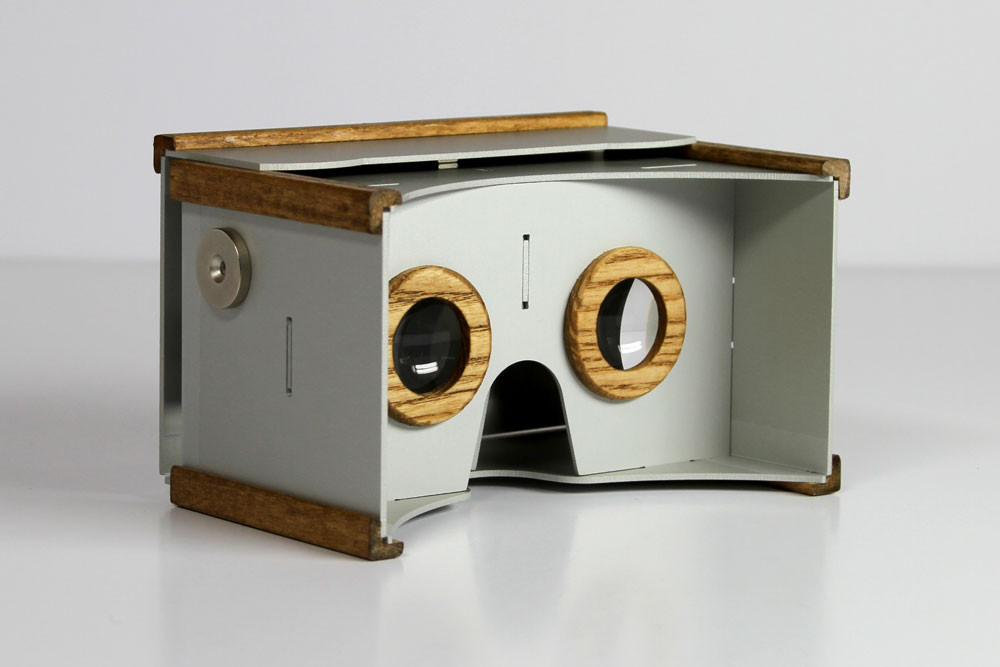
DODOcase

I am cardboard
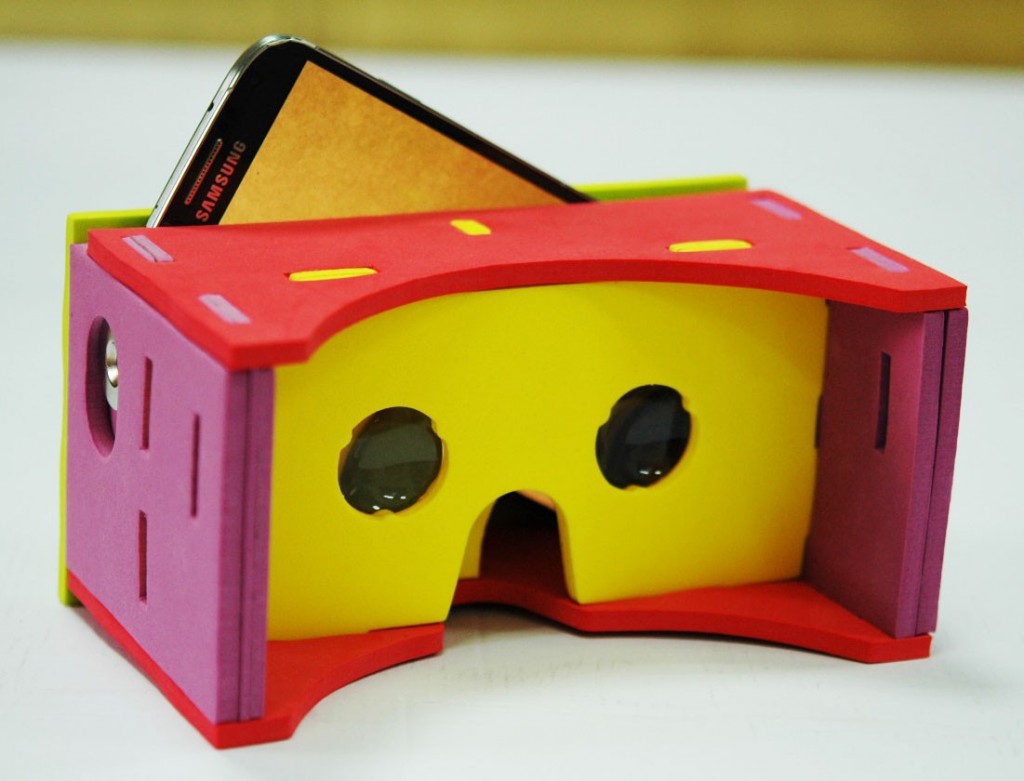
Powis

Goggle tech
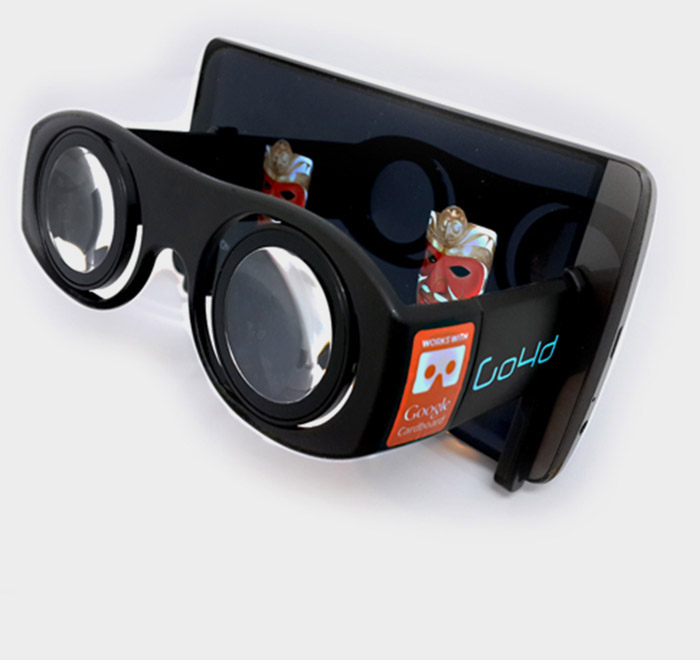

DODOcase

I am cardboard

Powis

Goggle tech

What I tested in Moscow
You can not buy (still raw product) for 300 bucks, do not rub corn on the damp cardboard, and not spoil the grandfather's diving mask, there are options for helmets in the region of 2-4 thousand rubles.
VR Shinecon

View from all sides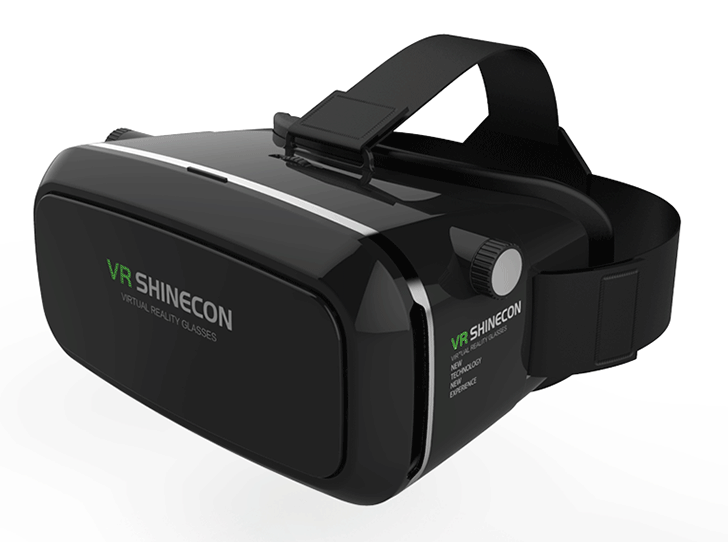

Standing in Moscow / St. Petersburg - 3900 rubles . Acceptable option for a little deeper test and development than (disposable) cardboard options.
Of the benefits:
- excellent light insulation, in contrast to the "carton" no gaps
- plastic is more durable and resistant to
tears, sweat and droolmoisture - comfortable soft backing
- lens distance adjustment
- Adjusting the distance from the lens for a smartphone (focus range from 58 mm to 70 mm)
- convenient magnet catch
- good adjustable headband
- holder for the smartphone on the springs - allows you to gain a foothold any (width) device
- The front panel can be removed and access to the camera of the smartphone and you can fasten the augmented reality

Very cool mounting on the magnets allows you to work with augmented (mixed / mediate) reality
Minuses:
- shaky little gears, you should be more careful with them
- smartphone thicker than a centimeter does not fit
A little more budget (2000r) , but still better than cardboard:

An option for frequent use, so it was not a pity. Sits well, sturdy construction.
Thoughts about the design
Interestingly, all modern helmets are made according to the same scheme, it looks a bit one-sided and everyone has the same mistakes and shortcomings (for example, the fact that eyes get tired, or the fact that everything is piled up and pulls down and has great inertia). In the old implementations, there are some solutions that, IMHO, can give a huge advantage to those who dare to introduce them to the mass market.
It seems to me that the “bulk” should not be placed before the eyes, it should either be carried out from the head, or even “smeared” evenly over it, so that it would be convenient to turn the head, otherwise it will be easy for gamers to know by the bull neck. And to bring the "waveguides" to the eyes. (Well, or cortical modem in the visual area)
just don't be afraid of the welder
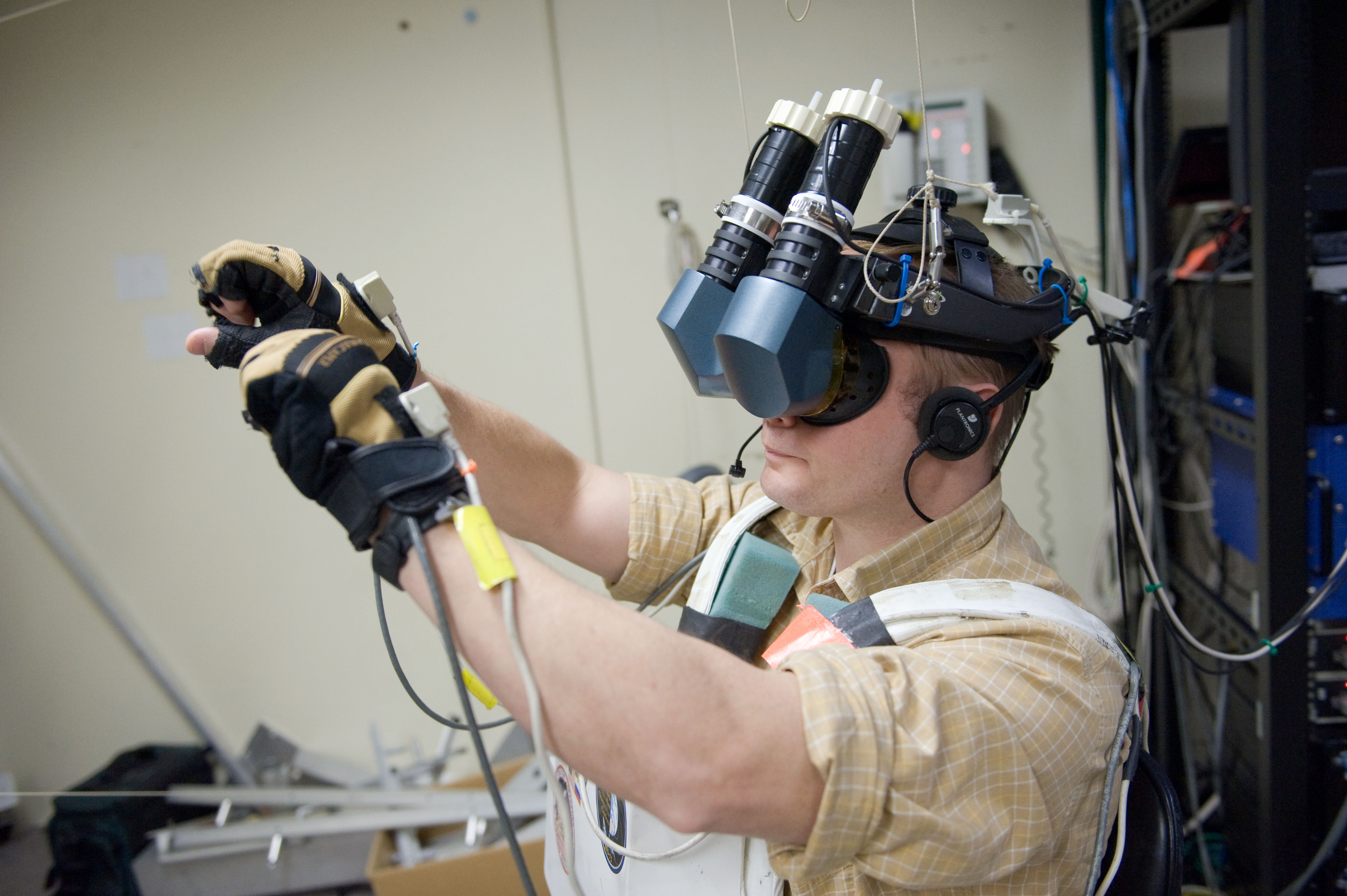


Development and Game Dev
Iron development
Focus development
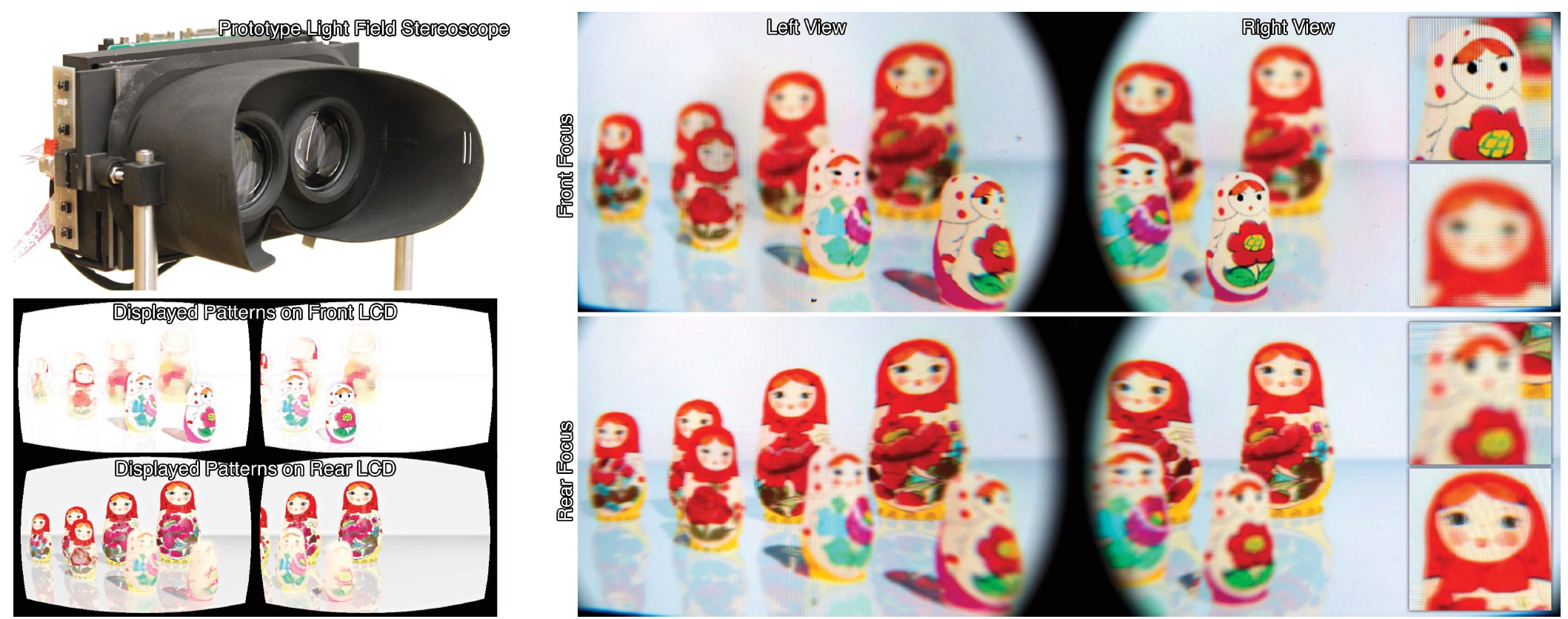
[ source ]
some more glands
For those who want to tear the ass off the monitor and run
Developing a "touching" interface
Design and 3d printers always have a place.

Iron development
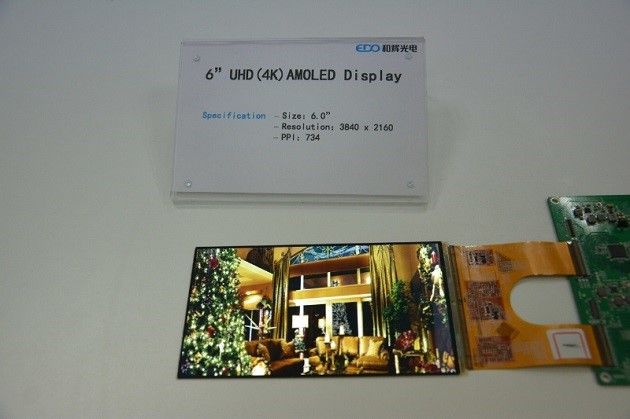
Virtual reality and third-person games

Developing a "touching" interface
Design and 3d printers always have a place.

Iron development

Virtual reality and third-person games

Sdk
(add)
The virtual reality
Cardboard | Google Developers
developer.oculus.com
MiddleVR SDK
Develop for OSVR
Augmented Reality:
Augmented Reality SDKs
List of augmented reality software
G + Developer Community
SDK Video Tutorials
Virtual reality is already here, just it is not yet widespread. In the picture - the growth of computer games markets.

Nival is betting on BP, and predicts a big move there.
And gash game:
You can start with more simple games, such as:
Arkanoid + VR = VRkanoid

Applications

And here is my old friend, the former director of DARPA, I wrote about her . And she is involved in virtual reality, the creation of the first interactive cartoon Windy Day.
Trailer for the film "Fantastic Four"
Articles on Habré that I liked
Dealers from Mail.ru made with scissors, tape and rubber (and 3d-printer)
Virtual reality glasses made of cardboard, acrylic and plastic
Habrastand-doctor Meklon advises:
Using the Cardboard SDK to determine device orientation
Virtual Reality on Windows Phone using Unity3d
My first experience with HoloLens
Digest: VR and AR
Michael Abrash and John Carmack: Together Again, This Time - in Oculus VR
Tron fan created for himself a virtual reality with the help of 3 Kinect and Oculus Rift
Integration of VR tools in Unity3d
“Oculus Platform”
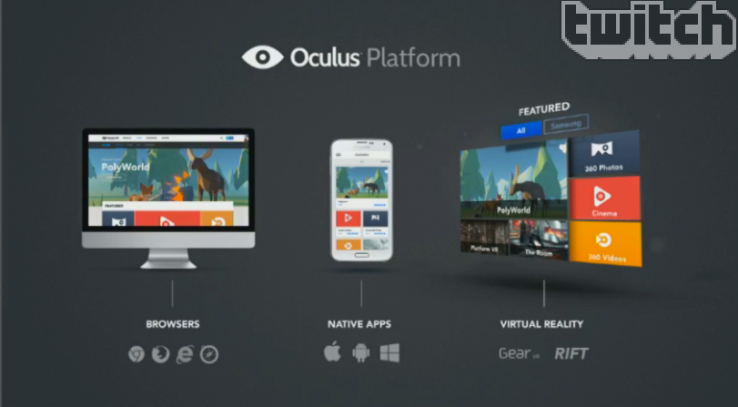
Possible use of virtuality for creating programs in the future
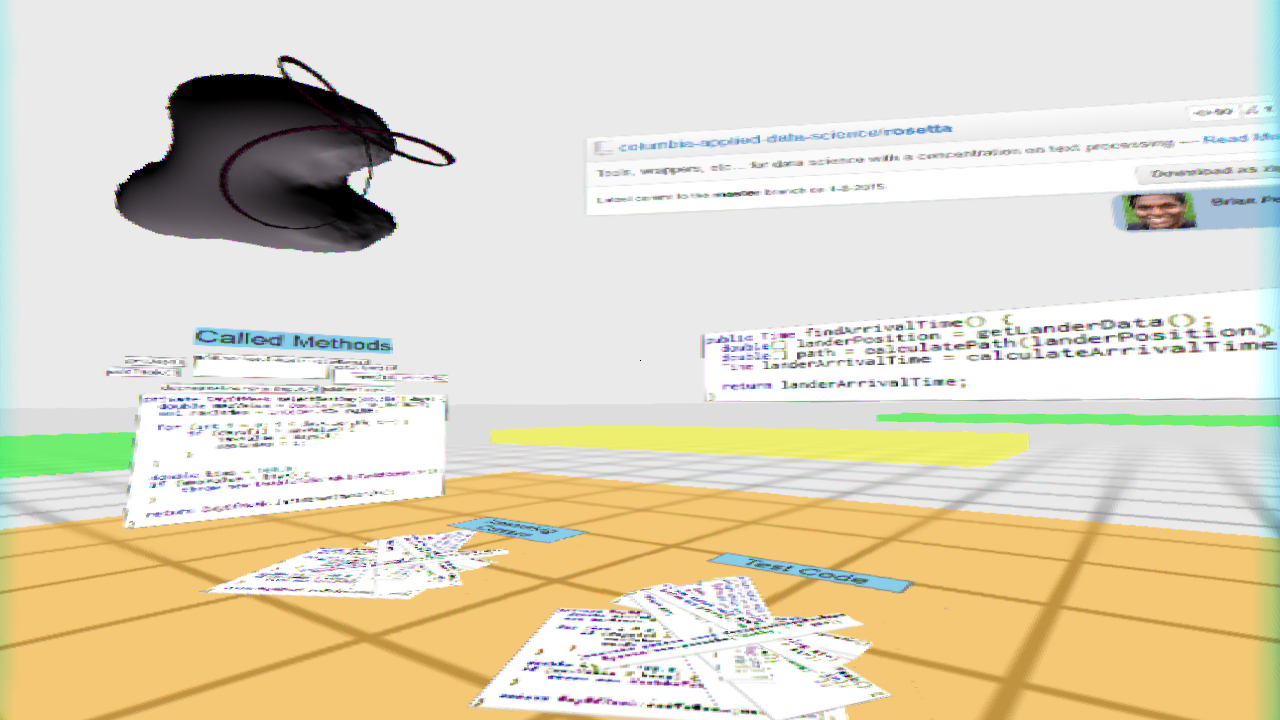
I resent: the difference between 3D and virtual reality
Unity3D and Oculus Rift (online apartment planner) non-game application
The future of the gaming industry with hi-res 3D scans of people and Oculus Rift
Virtual reality glasses made of cardboard, acrylic and plastic
Habrastand-doctor Meklon advises:
Incorrect selection of lenses, their optical power, distance can seriously damage the vision with constant use .
I will also repeat the idea to go into optics and order the necessary lenses in a cheap frame for you.
Using the Cardboard SDK to determine device orientation
Virtual Reality on Windows Phone using Unity3d
My first experience with HoloLens
Digest: VR and AR
Michael Abrash and John Carmack: Together Again, This Time - in Oculus VR
Tron fan created for himself a virtual reality with the help of 3 Kinect and Oculus Rift
Integration of VR tools in Unity3d
“Oculus Platform”

Possible use of virtuality for creating programs in the future

I resent: the difference between 3D and virtual reality
Unity3D and Oculus Rift (online apartment planner) non-game application
The future of the gaming industry with hi-res 3D scans of people and Oculus Rift
Sight and hearing are certainly cool, but when will they start stamping costumes with sensations?
Suddenly, virtual candy
And then the word is passed to Morpheus.
Theory
About augmented virtuality , augmented reality and reality-virtual continuum .


What struck me especially when I was reading The Sum of Technologies, as far as old Lem had shrewdly described BP back in the 60s, having warm tube punched cards at his disposal. It seems that he and without computers could generate such realities, and we with our “prostheses” are far from him. The same "Professor Corcoran" 40 years before the "Matrix", and the idea is the same.
Fantomatics (Lem)
Hyperreality (Baudrillard)
Understanding Media (Marshall McLuhan)
Theory of Virtuality (Sergey Datsyuk)
Reality – virtuality continuum
A TAXONOMY OF MIXED REALITY VISUAL DISPLAYS

Computer-mediated reality
Translation of Richard Bartle's book “Designing Virtual Worlds”
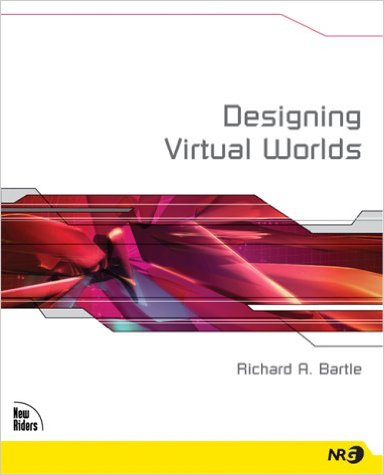 Dedicated to: All players.
Dedicated to: All players.Introduction
Every day, more than a million people visit virtual worlds - and this number is growing every year. What attracts them to these places, created by someone else's imagination? What do they do when they get there? How can the people who create these worlds be convinced that they are meeting the needs of their players? Can they do it, satisfying their own needs?
Who is this book for?
This book is for people creating virtual worlds.
As a result, this book is also intended for those who use virtual worlds in their activities, control them, study them or play them.This book is also for people engaged in the entertainment industry, education, art, art, sociology, culture, philosophy, cosmonautics, architecture, psychology, linguistics, economics, management, theology, theater, literature, and even the theory of knowledge.
Virtual worlds are the future. If you want to create or understand the future, this book is for you.

About the author
Richard A. Bartle, PhD (Ph.D.), is the co-author of the first virtual world, the MUD, which was released in 1978.
Thus, he stood at the forefront of the online gaming industry since its inception. In the past, a university lecturer on the subject of “Artificial Intelligence” has now become an authoritative writer in the field of creating virtual worlds and their development. Over the past 20 years, he has worked as an independent consultant in almost all large companies involved in online games, both in the United Kingdom and in the United States.
Richard lives in a village near Colchester, England, with his wife, Gail, and two children, Jennifer and Madalena. He continues to explore virtual worlds.
(And there is no article about him in the Russian wiki, here is the English one )
Multi-User Dungeon

Screenshot MUD1 is the first in the worldMMM (multiplayer world)
,
, :
The purpose of this book is to make people think about the creation of virtual worlds. And as long as you have your own thoughts on this topic, it does not matter whether you agree with at least something of what is stated in it.
A significant part of the created virtual worlds are derived from already existing ones. As a rule, developers choose from one or two existing systems, thinking little about the question of why ...
Overview of the main chapters
The material outlined in the book is organized as follows.
Each chapter begins with bringing concrete facts, gradually moving to conclusions. At the same time, theories of the game and the development of virtual worlds are outlined, vividly demonstrating the viability of such a subject as the creation of virtual worlds as an object of study.
Chapter 1. Familiarity with virtual worlds.
What is a virtual world? The chapter opens with a historical essay on how they began and how they came to what they are today. The following describes the various classes of virtual worlds and what they mean for developers. Also presented are the factors affecting the VM from other types of art, and explaining some of the trends that the creation of virtual worlds has taken.
Chapter 2. How to create virtual worlds.
This relatively short chapter outlines the development process that is generally applicable to virtual worlds and the impact this process has on what developers do. In addition, it includes a study of how virtual worlds are usually applied and what limitations this imposes.
Chapter 3. Players.
This important chapter looks at people playing virtual worlds, because only by fully understanding the reasons why people play can the developer hope to satisfy the needs of the players. It focuses on two such important concepts as “immersion” and “personality”, and how they can be connected using an extended model of “player types”. The chapter is accompanied by a discussion on the topic of gaming communities in virtual worlds.
Chapter 4. Development of the world.
This chapter refers to the theory developed in the third chapter, and describes the practical solutions that a developer has to make in the process of creating virtual worlds. Here are the various options that are possible at each stage of development, with an explanation of why the developer may or may not want to include them in the universe of his game.
Chapter 5. Life in the VM.
This chapter covers the characters themselves more than the players behind them. Here, various ways are considered, how a character’s skills, experience and advancement through levels can be presented, along with various possibilities that allow characters to form their groups. Also various systems are described, along with various endings to which they can lead. The theory of 3 chapters is used here mainly as a supplement, but the question of why the players still play in the VM is fully disclosed and clarified.
Chapter 6. This is not a game, this is ...
A purely theoretical chapter that presents the development of a VM as an object of serious scientific research. By studying the question that other spheres of knowledge find such interesting things for themselves in VM, it is possible to establish the boundaries of the subject of study and evaluate its significance. Moreover, developers can pick up and directly apply in practice the discoveries made by experts from other fields of science in the field of VM.
The purpose of this chapter is the conviction that: “VM is not just a game. It is something completely different. ”
Chapter 7. On the critical aesthetics.
This chapter is another attempt at persuasion, although, in this case, it is intended to protect VM developers from critics — fellow workers in the workshop — rather than those who have nothing to do with VM creation. The purpose of this chapter is to justify the following statement: “Creating a VM is an art form.” To this end, the chapter sets out the principles of critical aesthetics — to discover the meaning of the work of designers, which would give them the opportunity to develop further.
Chapter 8. Epilogue: Reflections on Ethics.
This final chapter discusses the issue of ethics in the process of creating a VM. Many questions are asked here, but very few answers are given; the purpose of the chapter is rather to awaken in developers a sense of responsibility, rather than to teach them how to act.
Chapter 1. Familiarity with virtual worlds.
Main themes:
(Collapse)
What is VM? In this context, the world is a certain habitat that its inhabitants regard as autonomous. And this does not necessarily have to be a whole planet - the “world” here is used in the same meaning as in the words “Roman world” or “world of finance”. But what about the virtual component? Without going into unnecessary philosophizing, I will say this:
Some definitions.
VMs exist because of the computer (or network of computers) that models the environment. And some - but not all - entities in this environment operate under the direct control of individual people. Due to the fact that several people simultaneously affect the environment, the world is called mass, or multi-user. At the same time, the environment continues to exist and internal development (at least to some extent), even when no one interacts with it; This means that the environment is stable.
Despite the fact that nowadays VMs are much more widely used, being not only entertainment, their sources should be sought in computer games; Moreover, it is possible, largely due to the huge amounts of money invested in the development of computer games and the unbelievable profits that are guaranteed to be paid monthly - computer games remain at the forefront of VM development.
For these reasons, the vocabulary describing the VM, as a rule, gaming (game). Thus, people interacting with the modeled environment are not called users, but “gamers” (players); the means by which the medium represents the players to their goal is called “gameplay”; and, accordingly, the activity connected with interaction with the given environment, is called “game”.
Of course, specialists from other areas can use their own terminology when researching VMs. For example, a cultural anthropologist would prefer to talk about “individuals” producing “reactions” in response to “external circumstances”. However, it is impossible to deny the prevalence of game terminology in the case of a broader discussion of the subject; and, thus, we will continue to use it.
An exception is the very concept of "Virtual World". Since that time, a number of words, phrases and abbreviations have been developed to describe this designed environment, none of which, however, can be called successful. Initially, for some reasons, which will be briefly described below, the VMs were called MPM, i.e. multiplayer worlds. (Also in the course of reducing the MAD or MUD from the English version of the MUD).
Despite the fact that this name is quite widespread, to such an extent that it is found even in some official dictionaries, however, it does not have universal acceptance. In particular, some players of certain VM varieties prefer the term MP * (MU *) (MP is multi-user, and * is what can follow this definition), because they believe that MPM (MUD) assumes the presence of a combat component.
This is similar to the fact that dinosaurs would be called "* Zavry" on the grounds that the definition of "dinosaurs" suggests1 that they were all carnivorous monsters with a tiny brain, although in fact many of them were herbivorous monsters with a tiny brain - and there are also pterosaurs and plesiosaurs.
1 "Dino" - came to medieval Latin from Greek, from the word "deinos", which means "inspiring fear." "Saurus" means "lizard."
The first virtual worlds were with a text interface, and their environment and events were described more with words than with graphics. But the difficulty is that, although the term MMM is applied in relation to the VM in general, the term MP * does not apply to them, because it is used strictly in relation to the text interface. The appearance of computer graphics in this confusion caused a second wave of renames to draw the line between graphic and textual MMM. At first, the new worlds (using computer graphics) were called “persistent world” (the Constantly Living World - that is, the world that continues to exist in the absence of players). But when their defining feature was a huge number of players playing at the same time, the name changed to MMORPG - a massively multiplayer online role-playing game. Now this abbreviation is often used, but without much enthusiasm (not the last reason is the abbreviation difficult to pronounce) and, most likely, as soon as some more acceptable option appears, this abbreviation will be rejected.
And, despite the fact that these computer-controlled, multi-user, “constantly living” worlds can and should be called MPM (MUD), however, this term is so overloaded that no one, except for a narrow circle of participants, perceives it in this way because the definition is completely confusing. In addition, there are enough people who think that MPM (MUD) is just one of the types of MP * (MU *), rather than vice versa. Therefore, in our book we will use the more visual and less expressive term “virtual world”.
It is important to note that the “virtual world” and “virtual reality” are not the same thing, the term “virtual world” is much more specific. Virtual reality deals mainly with the mechanisms that allow people to interact with computer simulators; and she does not investigate the nature (essence) of simulators. People visiting a VM will undoubtedly once benefit from the study of visors (helmet or virtual reality glasses), digital gloves, and so on, but its main charm lies for them in anticipation of what awaits them outside the doors of the virtual world, and not with using what they can get there.
continued transfer here
« », , , AI ( ), .
« », , «» . .
, . 2002 2003 , , . , , .
. , .
« », , «» . .
, . 2002 2003 , , . , , .
. , .
In the process of writing "Virtual Worlds", these people made a significant contribution to the cause with their practical knowledge. While the book was being written, these dedicated professionals checked all its materials in terms of terminology, organization of the material and the sequence of its location. Their feedback was a decisive argument in favor of the fact that “Creating virtual worlds” satisfies the needs of our readers in technical information at the highest level.
Matt Michali is one of the co-founders, lead developer, and director of Achaea LLC. Achaea was founded in San Francisco in 1996 and develops and manufactures commercial text-based multiplayer games. On their account are such successful and popular projects as “Achaea, Dreams of Divine Lands”, “Aetolia, the Midnight Age”, and “Imperian”, designed on the basis of the licensed network engine “Achaea” - Rapture. Matt graduated from Cornell University in 1994 with a degree in political science and works as a licensed stockbroker. This experience inspired him to create games, and he became an expert in the field of business models, political systems and social dynamics of virtual worlds.
Along with games, he spends his free time in Brazilian jiu-jitsu, kickboxing, likes to cook, travel, go hiking, and also enjoys kayaking, skiing and snorkeling.
Damion Schubert has been working in the field of professional creation of online worlds for more than 7 years. Initially, he was the creator of "Meridian 59" (and several extensions of this game), as well as the lead developer of the now-disappeared "Ultima Online-2". In addition, he managed to work in such projects as "The Sims Online", "Kalisto's Highlander Online".
Damion is currently working as a senior developer at Wolfpack, which launched the Shadowbane project in March 2003.
Matt Michali is one of the co-founders, lead developer, and director of Achaea LLC. Achaea was founded in San Francisco in 1996 and develops and manufactures commercial text-based multiplayer games. On their account are such successful and popular projects as “Achaea, Dreams of Divine Lands”, “Aetolia, the Midnight Age”, and “Imperian”, designed on the basis of the licensed network engine “Achaea” - Rapture. Matt graduated from Cornell University in 1994 with a degree in political science and works as a licensed stockbroker. This experience inspired him to create games, and he became an expert in the field of business models, political systems and social dynamics of virtual worlds.
Along with games, he spends his free time in Brazilian jiu-jitsu, kickboxing, likes to cook, travel, go hiking, and also enjoys kayaking, skiing and snorkeling.
Damion Schubert has been working in the field of professional creation of online worlds for more than 7 years. Initially, he was the creator of "Meridian 59" (and several extensions of this game), as well as the lead developer of the now-disappeared "Ultima Online-2". In addition, he managed to work in such projects as "The Sims Online", "Kalisto's Highlander Online".
Damion is currently working as a senior developer at Wolfpack, which launched the Shadowbane project in March 2003.
The purpose of this book is to make people think about the creation of virtual worlds. And as long as you have your own thoughts on this topic, it does not matter whether you agree with at least something of what is stated in it.
A significant part of the created virtual worlds are derived from already existing ones. As a rule, developers choose from one or two existing systems, thinking little about the question of why ...
Foreword
... why these worlds were created in just one way or another, and this fact cannot but be disturbed. However, it is not at all because such a device is devoid of any creative principle - no, the developers, for the most part, have enough imagination to create their own special worlds. Because the resulting world does not work as well as it could.
If the developer does not have an idea of what reasons were behind the adoption of a technical solution, how can he be sure that the conditions that gave rise to these decisions also apply to his case?
Are game designers aware of the fact that there are solutions that can be reconsidered?
Despite the fact that the development of a plan is a gradual process, this does not mean that the developers themselves cannot speed it up. The virtual world means freedom, and not only its inhabitants, but also its creators. In your own virtual world, characters are not at all obliged to subdivide into four main professional categories just because they are similarly classified in all other virtual worlds you know; moreover, it does not even mean that you are obliged to classify them at all.
Virtual worlds are not like anything. You can not approach them from the standpoint of a specialist in any other field - the creation of games, literature, journalism, architecture, or some other. It would be naive to believe that all the same rules apply to VMs. Unfortunately, it does not seem so from the outside, and therefore people who come to a virtual design from some kind of sphere that is considered Damn Steep often ask the question: “How difficult is it?”
Later they get an answer to their question.
If lucky, they get it fast. Less fortunate ones get an answer, having already spent a year and a half of work and half of the budget. Creating virtual worlds is extremely difficult, unless you understand what you are getting involved in; then the whole process will seem no more difficult than any other creative activity.
The key is the realization that something that seems absolutely logical from a normal point of view can be completely catastrophic if you look from the other side - and the understanding that the world in which you draw inspiration almost certainly contains some elements created by people. who had no idea about the named circumstance.
Creating a virtual world is perhaps one of the greatest creative acts of the imagination. Your possibilities are almost endless - in the virtual worlds, you can create anything and do as you please. Anything you wish! Today's virtual worlds are just childish pranks compared to masterpieces that will see the light in the future. We see these fun, not having the slightest idea about what masterpieces are waiting for us; The virtual worlds of the future will undoubtedly be different from the modern virtual worlds, but we don’t yet know what exactly. Thus, much of what you read in this book is bound to prove erroneous over time. However, she can also point the way to the search for truth. All that she claims is only to give people the opportunity to reflect on what they are creating; and if this book helps them in this, then it does its job well.
I don't care what you think; as long as you think.
If the developer does not have an idea of what reasons were behind the adoption of a technical solution, how can he be sure that the conditions that gave rise to these decisions also apply to his case?
Are game designers aware of the fact that there are solutions that can be reconsidered?
Despite the fact that the development of a plan is a gradual process, this does not mean that the developers themselves cannot speed it up. The virtual world means freedom, and not only its inhabitants, but also its creators. In your own virtual world, characters are not at all obliged to subdivide into four main professional categories just because they are similarly classified in all other virtual worlds you know; moreover, it does not even mean that you are obliged to classify them at all.
Virtual worlds are not like anything. You can not approach them from the standpoint of a specialist in any other field - the creation of games, literature, journalism, architecture, or some other. It would be naive to believe that all the same rules apply to VMs. Unfortunately, it does not seem so from the outside, and therefore people who come to a virtual design from some kind of sphere that is considered Damn Steep often ask the question: “How difficult is it?”
Later they get an answer to their question.
If lucky, they get it fast. Less fortunate ones get an answer, having already spent a year and a half of work and half of the budget. Creating virtual worlds is extremely difficult, unless you understand what you are getting involved in; then the whole process will seem no more difficult than any other creative activity.
The key is the realization that something that seems absolutely logical from a normal point of view can be completely catastrophic if you look from the other side - and the understanding that the world in which you draw inspiration almost certainly contains some elements created by people. who had no idea about the named circumstance.
Creating a virtual world is perhaps one of the greatest creative acts of the imagination. Your possibilities are almost endless - in the virtual worlds, you can create anything and do as you please. Anything you wish! Today's virtual worlds are just childish pranks compared to masterpieces that will see the light in the future. We see these fun, not having the slightest idea about what masterpieces are waiting for us; The virtual worlds of the future will undoubtedly be different from the modern virtual worlds, but we don’t yet know what exactly. Thus, much of what you read in this book is bound to prove erroneous over time. However, she can also point the way to the search for truth. All that she claims is only to give people the opportunity to reflect on what they are creating; and if this book helps them in this, then it does its job well.
I don't care what you think; as long as you think.
Overview of the main chapters
The material outlined in the book is organized as follows.
Each chapter begins with bringing concrete facts, gradually moving to conclusions. At the same time, theories of the game and the development of virtual worlds are outlined, vividly demonstrating the viability of such a subject as the creation of virtual worlds as an object of study.
Chapter 1. Familiarity with virtual worlds.
What is a virtual world? The chapter opens with a historical essay on how they began and how they came to what they are today. The following describes the various classes of virtual worlds and what they mean for developers. Also presented are the factors affecting the VM from other types of art, and explaining some of the trends that the creation of virtual worlds has taken.
Chapter 2. How to create virtual worlds.
This relatively short chapter outlines the development process that is generally applicable to virtual worlds and the impact this process has on what developers do. In addition, it includes a study of how virtual worlds are usually applied and what limitations this imposes.
Chapter 3. Players.
This important chapter looks at people playing virtual worlds, because only by fully understanding the reasons why people play can the developer hope to satisfy the needs of the players. It focuses on two such important concepts as “immersion” and “personality”, and how they can be connected using an extended model of “player types”. The chapter is accompanied by a discussion on the topic of gaming communities in virtual worlds.
Chapter 4. Development of the world.
This chapter refers to the theory developed in the third chapter, and describes the practical solutions that a developer has to make in the process of creating virtual worlds. Here are the various options that are possible at each stage of development, with an explanation of why the developer may or may not want to include them in the universe of his game.
Chapter 5. Life in the VM.
This chapter covers the characters themselves more than the players behind them. Here, various ways are considered, how a character’s skills, experience and advancement through levels can be presented, along with various possibilities that allow characters to form their groups. Also various systems are described, along with various endings to which they can lead. The theory of 3 chapters is used here mainly as a supplement, but the question of why the players still play in the VM is fully disclosed and clarified.
Chapter 6. This is not a game, this is ...
A purely theoretical chapter that presents the development of a VM as an object of serious scientific research. By studying the question that other spheres of knowledge find such interesting things for themselves in VM, it is possible to establish the boundaries of the subject of study and evaluate its significance. Moreover, developers can pick up and directly apply in practice the discoveries made by experts from other fields of science in the field of VM.
The purpose of this chapter is the conviction that: “VM is not just a game. It is something completely different. ”
Chapter 7. On the critical aesthetics.
This chapter is another attempt at persuasion, although, in this case, it is intended to protect VM developers from critics — fellow workers in the workshop — rather than those who have nothing to do with VM creation. The purpose of this chapter is to justify the following statement: “Creating a VM is an art form.” To this end, the chapter sets out the principles of critical aesthetics — to discover the meaning of the work of designers, which would give them the opportunity to develop further.
Chapter 8. Epilogue: Reflections on Ethics.
This final chapter discusses the issue of ethics in the process of creating a VM. Many questions are asked here, but very few answers are given; the purpose of the chapter is rather to awaken in developers a sense of responsibility, rather than to teach them how to act.
Chapter 1. Familiarity with virtual worlds.
Main themes:
- Some definitions.
- What is VM and how did it come about?
- The past determines the future.
- The basics.
- External influences on the VM.
- VM developer.
(Collapse)
What is VM? In this context, the world is a certain habitat that its inhabitants regard as autonomous. And this does not necessarily have to be a whole planet - the “world” here is used in the same meaning as in the words “Roman world” or “world of finance”. But what about the virtual component? Without going into unnecessary philosophizing, I will say this:
- VM - material.
- VM is not a figment of the imagination.
- VM is not virtual, although it is similar to it externally and creates an impression of it.
- VM is the place where the imaginary is confronted with the real
Some definitions.
VMs exist because of the computer (or network of computers) that models the environment. And some - but not all - entities in this environment operate under the direct control of individual people. Due to the fact that several people simultaneously affect the environment, the world is called mass, or multi-user. At the same time, the environment continues to exist and internal development (at least to some extent), even when no one interacts with it; This means that the environment is stable.
Despite the fact that nowadays VMs are much more widely used, being not only entertainment, their sources should be sought in computer games; Moreover, it is possible, largely due to the huge amounts of money invested in the development of computer games and the unbelievable profits that are guaranteed to be paid monthly - computer games remain at the forefront of VM development.
For these reasons, the vocabulary describing the VM, as a rule, gaming (game). Thus, people interacting with the modeled environment are not called users, but “gamers” (players); the means by which the medium represents the players to their goal is called “gameplay”; and, accordingly, the activity connected with interaction with the given environment, is called “game”.
Of course, specialists from other areas can use their own terminology when researching VMs. For example, a cultural anthropologist would prefer to talk about “individuals” producing “reactions” in response to “external circumstances”. However, it is impossible to deny the prevalence of game terminology in the case of a broader discussion of the subject; and, thus, we will continue to use it.
An exception is the very concept of "Virtual World". Since that time, a number of words, phrases and abbreviations have been developed to describe this designed environment, none of which, however, can be called successful. Initially, for some reasons, which will be briefly described below, the VMs were called MPM, i.e. multiplayer worlds. (Also in the course of reducing the MAD or MUD from the English version of the MUD).
Despite the fact that this name is quite widespread, to such an extent that it is found even in some official dictionaries, however, it does not have universal acceptance. In particular, some players of certain VM varieties prefer the term MP * (MU *) (MP is multi-user, and * is what can follow this definition), because they believe that MPM (MUD) assumes the presence of a combat component.
This is similar to the fact that dinosaurs would be called "* Zavry" on the grounds that the definition of "dinosaurs" suggests1 that they were all carnivorous monsters with a tiny brain, although in fact many of them were herbivorous monsters with a tiny brain - and there are also pterosaurs and plesiosaurs.
1 "Dino" - came to medieval Latin from Greek, from the word "deinos", which means "inspiring fear." "Saurus" means "lizard."
The first virtual worlds were with a text interface, and their environment and events were described more with words than with graphics. But the difficulty is that, although the term MMM is applied in relation to the VM in general, the term MP * does not apply to them, because it is used strictly in relation to the text interface. The appearance of computer graphics in this confusion caused a second wave of renames to draw the line between graphic and textual MMM. At first, the new worlds (using computer graphics) were called “persistent world” (the Constantly Living World - that is, the world that continues to exist in the absence of players). But when their defining feature was a huge number of players playing at the same time, the name changed to MMORPG - a massively multiplayer online role-playing game. Now this abbreviation is often used, but without much enthusiasm (not the last reason is the abbreviation difficult to pronounce) and, most likely, as soon as some more acceptable option appears, this abbreviation will be rejected.
And, despite the fact that these computer-controlled, multi-user, “constantly living” worlds can and should be called MPM (MUD), however, this term is so overloaded that no one, except for a narrow circle of participants, perceives it in this way because the definition is completely confusing. In addition, there are enough people who think that MPM (MUD) is just one of the types of MP * (MU *), rather than vice versa. Therefore, in our book we will use the more visual and less expressive term “virtual world”.
It is important to note that the “virtual world” and “virtual reality” are not the same thing, the term “virtual world” is much more specific. Virtual reality deals mainly with the mechanisms that allow people to interact with computer simulators; and she does not investigate the nature (essence) of simulators. People visiting a VM will undoubtedly once benefit from the study of visors (helmet or virtual reality glasses), digital gloves, and so on, but its main charm lies for them in anticipation of what awaits them outside the doors of the virtual world, and not with using what they can get there.
continued transfer here
Acknowledgment: thanks to Neuromatix for the equipment provided.
PS
Our work in darkness -We do what we can
We give what we have -
Our work is in darkness.
Doubts have become a passion
And passion has become fate.
Everything else is art
In the madness of being yourself.
Source: https://habr.com/ru/post/264169/
All Articles
